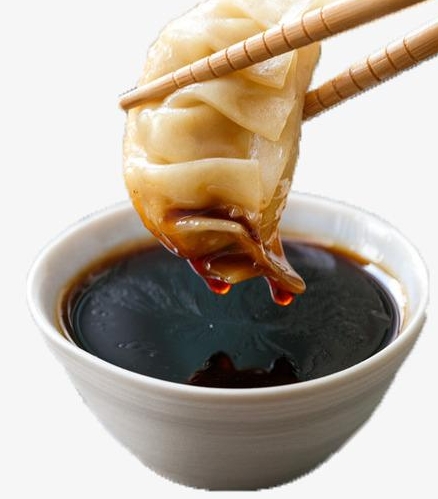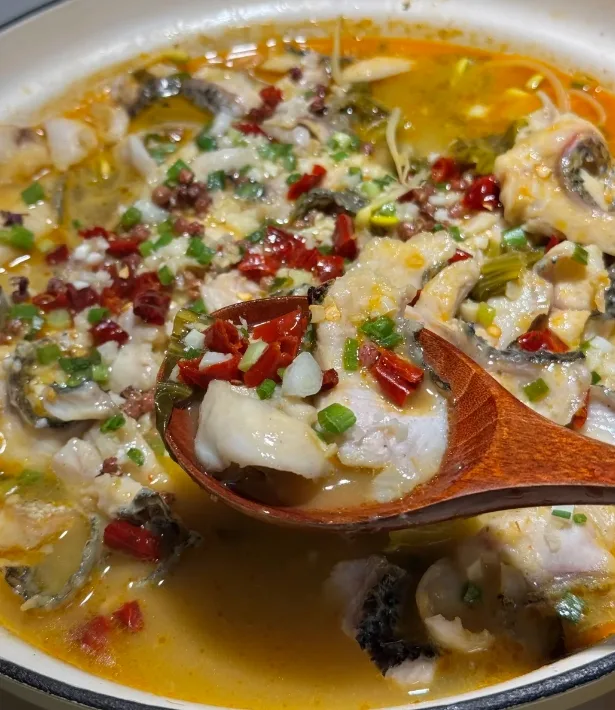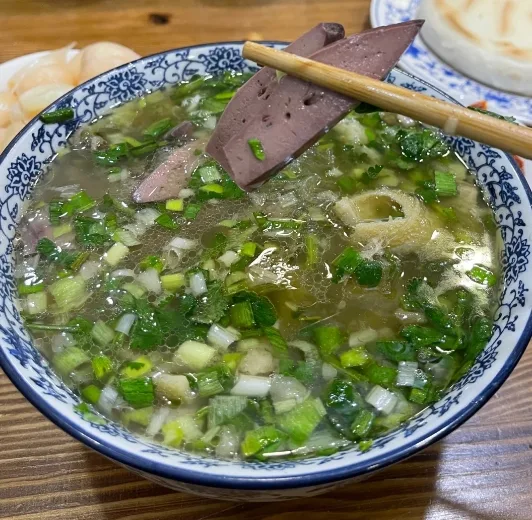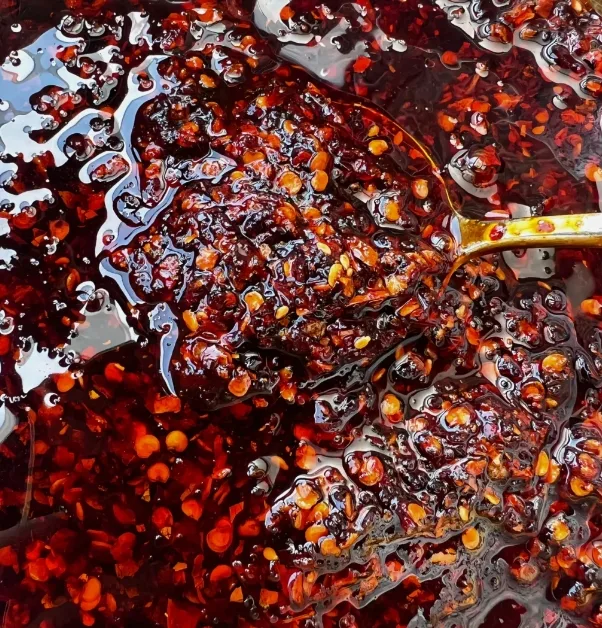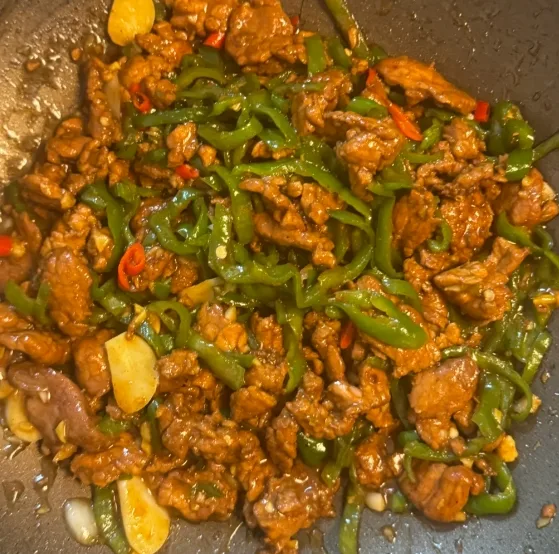China’s vinegar traditions are richly regional:
Shanxi Aged Vinegar: Revered as “China’s finest,” this 3,000-year-old brew of grains undergoes steaming, fermentation, smoking, and sun-drying, yielding amino acids and organic acids.
Zhenjiang Aromatic Vinegar: Balanced and sweetly fragrant, it grows mellower with age.
Fujian Yongchi Aged Vinegar: Fermented with red yeast rice, glutinous rice, and sesame, it delivers a tart-sweet complexity.
Follow me to learn Chinese vinegar
White Vinegar (白醋 – Báicù)
Dating back to around 5000 BC in China, white vinegar was originally made from distilled fermented alcohol. Over millennia, it evolved into a kitchen staple. This colorless, transparent liquid contains 3%–5% acetic acid, with minimal impurities, offering a clean, mild acidity. Made from rice, glutinous rice, or wheat, it undergoes steaming, saccharification, alcohol fermentation, and acetic acid fermentation. Its crisp, straightforward sourness—lacking the depth of aged vinegar—makes it ideal for pickling, cold dishes, and Western cuisine.
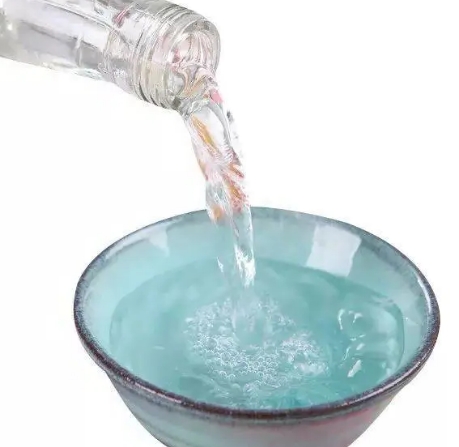
Aged Vinegar (陈醋 – Chéncù)
Represented by Shanxi Aged Vinegar (renowned as “China’s finest”), this variety boasts a 3,000-year history. Its deep amber hue and complex flavor come from sorghum, barley, and peas, fermented via steaming, alcohol conversion, and years of aging. The result is a robust, fruity sourness with sweet undertones—perfect for braised meats or dumpling dips.

Rice Vinegar (米醋 – Mǐcù)
Recorded in Zhou Rituals, rice vinegar dates to China’s Spring and Autumn period. Made from glutinous or japonica rice, it’s semi-transparent with a golden tint and occasional sediment (a natural byproduct of fermentation). Its mellow sweetness and subtle fruitiness enhance sushi, sweet-and-sour dishes, and soups.
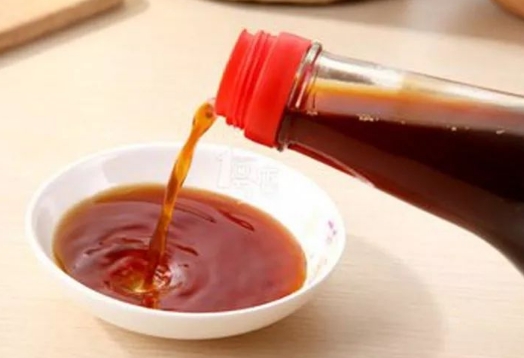
Fruit Vinegar (果醋 – Guǒcù)
Rooted in Western traditions (like biblical references), China’s fruit vinegar uses hawthorn, apple, or grape. Its jewel-toned clarity and fruity aroma suit salads, marinades, or direct drinking. For example, apple vinegar
balances sweetness and tang in dressings.
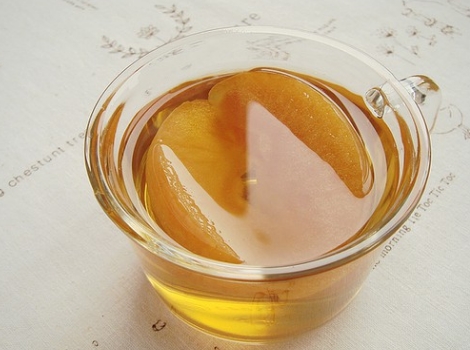
Aromatic Vinegar (香醋 – Xiāngcù)
Zhenjiang Aromatic Vinegar, a 1,400-year-old treasure, combines glutinous rice and Yangtze River water. After 40+ steps over 60 days, it achieves a glossy black hue, floral aroma, and sweet-sour balance—ideal for Jiangnan dishes like lion’s head meatballs.
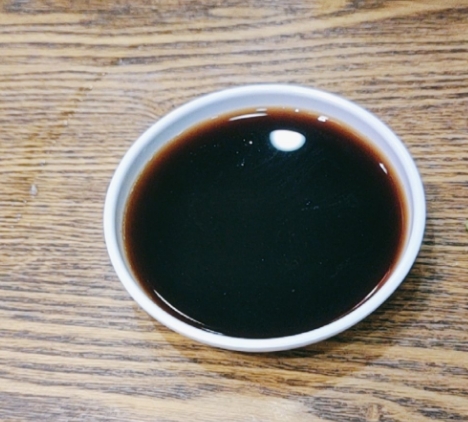
Bran Vinegar (麸醋 – Fūcù)
A Sichuan specialty, bran vinegar ferments wheat bran with herbal koji (70+ herbs). Its dark clarity and malty depth elevate fish or cold noodles. The 9-step “chaozao” process ensures a smooth, lingering finish.

Balsamic Vinegar (黑醋 – Hēicù)
Born from forgotten wine in Italian oak barrels, this aged vinegar blends tartness with woody sweetness. In China, it’s adapted for salads or glazed meats, offering a bridge between East and West.

Rose Vinegar (玫瑰醋 – Méiguīcù)
A Yuan Dynasty delicacy, it infuses rice vinegar with rose petals for a floral, blush-colored brew. Slightly sweet, it pairs with desserts or Zhejiang cold plates.
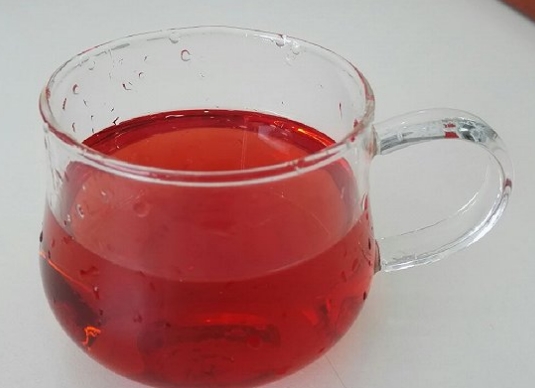
Smoked Vinegar (熏醋 – Xūncù)
Hailing from Shanxi, this vinegar is fire-smoked in ceramic urns, gaining an amber glow and campfire smokiness. It cuts through fatty dishes like braised pork.
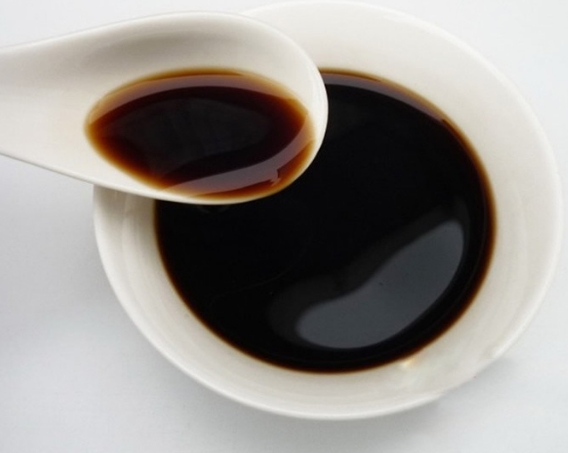
Dumpling Vinegar (饺子醋 – Jiǎozicù)
Tailored for dumplings, this amber-hued blend balances acidity and sweetness to cut richness. Also great for noodle salads.
